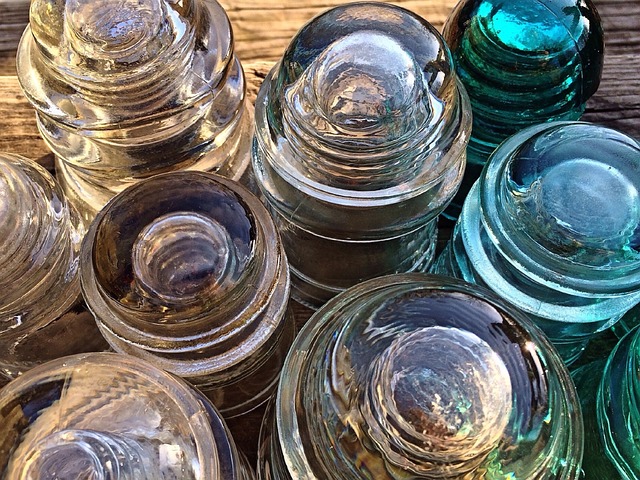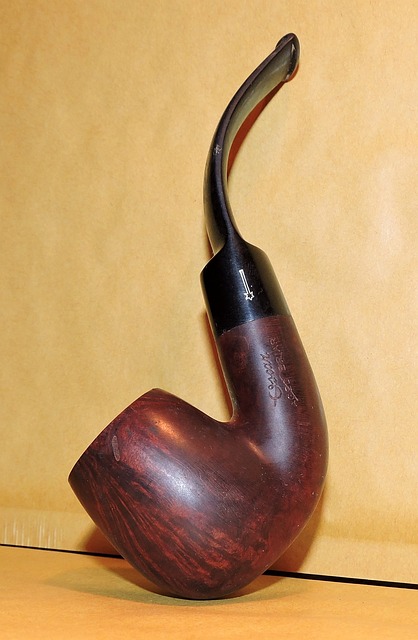DIY pipe insulation saves costs but requires meticulous planning. Homeowners must measure pipes accurately, choose suitable materials like fiberglass for temperature tolerance, cut and secure insulation tightly with adhesives or fasteners to avoid gaps, and follow instructions diligently. Proper techniques enhance energy efficiency, prevent pipe damage, and ensure safety. Accurate material selection and application are key to successful DIY pipe insulation.
“DIY pipe insulation can be a cost-effective way to conserve energy and prevent freezing pipes. However, common mistakes like improper material selection, subpar installation techniques, and overlooking crucial factors can lead to ineffective insulation and even more damage. In this guide, we’ll explore the top DIY pipe insulation pitfalls and provide solutions. From understanding essential considerations to selecting optimal insulating materials and mastering installation techniques, you’ll learn how to avoid potential traps and ensure your pipes stay protected.”
- Understanding DIY Pipe Insulation: Common Pitfalls and Prevention
- Material Selection: Choosing the Right Insulating Materials for Optimal Protection
- Installation Techniques: Step-by-Step Guide to Avoid Cracks, Gaps, and Air Leaks
Understanding DIY Pipe Insulation: Common Pitfalls and Prevention

Many homeowners attempt DIY pipe insulation as a cost-effective solution, but it’s crucial to understand common pitfalls to avoid subpar results and potential safety hazards. One major mistake is insufficient insulation, which can lead to temperature loss or gain, impacting energy efficiency. Rushing the process or using inappropriate materials can also result in poor installation, causing pipes to freeze or overheat.
To prevent these issues, take your time measuring pipe lengths accurately before purchasing insulation. Choose products designed for DIYers, ensuring they are suitable for your climate and pipe type. Follow instructions carefully, especially regarding proper sealing and venting, to maintain optimal temperature control and avoid damage to your plumbing system.
Material Selection: Choosing the Right Insulating Materials for Optimal Protection

When it comes to DIY pipe insulation, selecting the right materials is paramount for effective protection and energy efficiency. Common mistakes often arise from using subpar or unsuitable insulating materials that fail to meet specific application requirements. For instance, choosing rigid foam insulation for pipes in high-temperature environments can lead to degradation and loss of insulation value.
Optimal protection demands a material match with the pipeline’s needs. Consider factors like temperature resistance, moisture resistance, and flexibility. Fiberglass, for example, is an excellent choice for versatile use due to its insulating properties and ability to withstand varying temperatures. Proper material selection not only ensures optimal performance but also prevents costly replacements and repairs down the line.
Installation Techniques: Step-by-Step Guide to Avoid Cracks, Gaps, and Air Leaks

When installing pipe insulation, one of the most common mistakes is improper application leading to cracks and gaps. To avoid this, start by measuring and cutting the insulation material to the exact length needed, ensuring a snug fit around the pipes. Use a sharp utility knife for accurate cuts and consider using pre-cut insulation sleeves for easier installation. Next, apply a suitable adhesive or mechanical fastener recommended for pipe insulation to secure the material in place. This step is crucial to prevent air leaks which can compromise energy efficiency.
For DIY pipe insulation projects, follow these steps: first, clean the pipes and ensure they are dry. Then, arrange the insulation, ensuring no gaps between joints. Use tape or clamps temporarily to hold it in place while you apply adhesive or mechanical fasteners. Once secured, trim any excess material and double-check for air leaks at all connections. Proper installation techniques will not only enhance energy efficiency but also extend the lifespan of your insulation material.
DIY pipe insulation can significantly enhance energy efficiency in your home or building, but it’s not without its challenges. By understanding common mistakes like improper material selection, inadequate installation techniques, and overlooking crucial details, you can avoid potential issues. With the right knowledge and a step-by-step approach, DIY pipe insulation becomes a game-changer for both cost savings and environmental sustainability. Implement these strategies to ensure optimal protection and reap the benefits of a well-insulated pipeline system.
